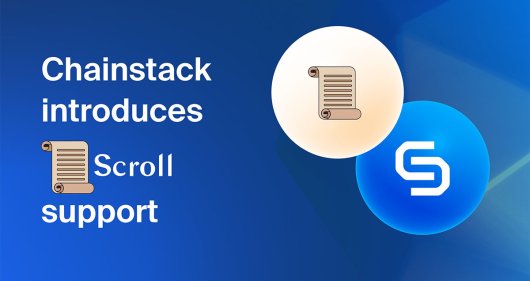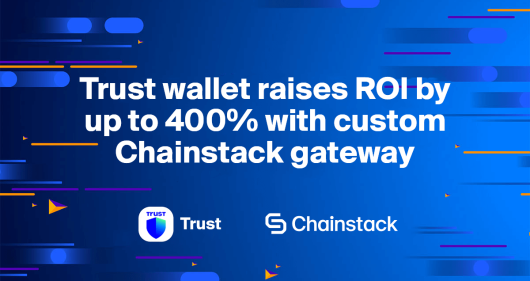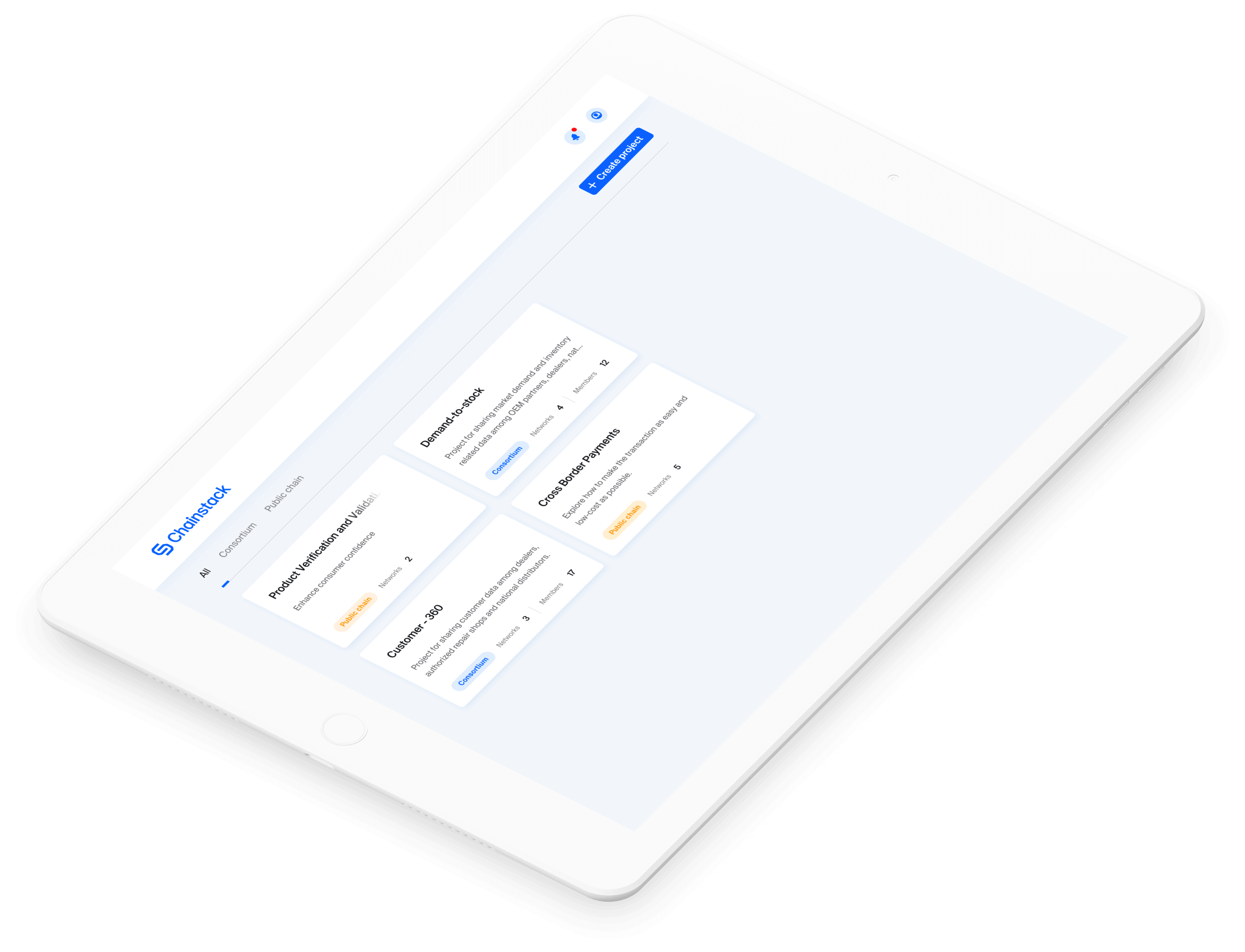Yellowstone gRPC Geyser for blockchain data: Real-time indexing at scale

In DeFi, dashboards are your window into the protocol. They track liquidity, token prices, transaction flow, and user positions—all in real time.
But building that kind of real-time experience on Solana?
It’s a mess.
The old way means polling getProgramAccounts and parsing massive datasets just to catch a single update. Multiply that by thousands of users and protocols, and your infra buckles fast.
The problem: Polling is not real-time
Traditional dashboard backends rely on constant RPC calls to simulate “live” data:
- Repeatedly call Solana’s
getProgramAccounts - Parse huge responses for a tiny change
- Fire more calls to resolve metadata
- Add backend logic to filter and dedupe updates
The result?
Delays. Load spikes. Backend spaghetti.
| Traditional Polling | Yellowstone Streaming |
|---|---|
| High-frequency API calls | Persistent real-time stream |
| Full state parsing | Targeted updates only |
| Significant latency | Sub-1s latency |
| High backend complexity | Simple event-driven logic |
Polling isn’t just inefficient—it’s anti-scale. The more real-time you want, the more infrastructure you need.
The solution: Yellowstone gRPC Geyser
Yellowstone gRPC Geyser gives you true real-time Solana data for your dashboards.
It streams account, transaction, and block updates as they happen, straight into your frontend or backend—no polling, no lag.
And it’s built for scale, powered by gRPC over HTTP/2.
Built for real-time dashboards
DeFi dashboards built on Yellowstone get:
- Live liquidity views from Raydium, Orca, and more
- Instant token balance changes
- Real-time wallet activity
- Up-to-date pool metrics
- Sub-second latency across all components
You can finally build the kind of frontend experience users expect—snappy, data-rich, and never out of sync.
If you’re new to the Solana ecosystem, check out our Solana Glossary or explore the Mastering Solana series for deep dives into accounts, tokens, and program architecture.
Yellowstone gRPC Geyser in action
Say you’re building a multi-chain DeFi dashboard that supports Solana alongside EVM chains. Every Solana user session needs:
- Pool state from Raydium
- Wallet token balances
- Swap history and confirmations
- Position changes and yield data
With polling, your backend has to manage all of this manually—at high frequency.
With Yellowstone, you get:
- One stream per use case
- Direct account updates as they occur
- Lightweight, event-driven frontend syncing
- Zero wasted RPC calls
It’s the difference between trying to stay caught up and being live by design.
Need a concrete example? Learn how to work with DEX data in our Raydium data tutorial.
Powered by gRPC
Yellowstone uses gRPC for high-efficiency streaming:
- Compact binary data = smaller payloads
- Persistent connections = less overhead
- Auto-generated SDKs = faster dev cycles
- HTTP/2 under the hood = built for modern infra
Want a deeper look into how this fits in your stack? Explore how Chainstack supports high-performance workloads in Solana infrastructure best practices.
What can you build with Yellowstone on Chainstack?
Yellowstone gRPC Geyser powers real-time DeFi applications with targeted Solana data filters. Here’s what you can build and how:
- Raydium pool dashboard: Display live SOL-USDC pool stats like liquidity and fees. Use Accounts filters to stream updates for pool addresses, configured in the Chainstack console to target Raydium’s pool accounts, ensuring instant frontend refreshes.
- Swap tracker: Monitor Raydium swaps in real time, showing trade volumes. Apply Transactions filters for Raydium’s program ID, set up to capture swap events, feeding data to a dashboard for live trade insights.
- Wallet activity feed: Track USDC wallet balances live for multi-chain dashboards. Use Accounts filters on wallet addresses, subscribed via Yellowstone to stream balance changes, syncing with Ethereum data.
- Network pulse monitor: Visualize Solana’s transaction counts per block. Stream Blocks filters, enabled in the console to capture block metadata, powering real-time network health charts.
These tools use filters to stream only relevant data, enabling scalable, responsive DeFi dashboards.
How to get started
- Log in to the Chainstack console
- Create or edit your Solana node
- Enable Yellowstone
- Subscribe to the data streams you need
- Build the real-time dashboard your users deserve
Pricing: $449/month per stream
Available on: Business and Enterprise plans
Need help? Dive into our Solana Python tutorial, browse the Ultimate Solana Developer Guide, or troubleshoot with our common Solana development error guide.
Power-boost your project on Chainstack
- Discover how you can save thousands in infra costs every month with our unbeatable pricing on the most complete Web3 development platform.
- Input your workload and see how affordable Chainstack is compared to other RPC providers.
- Connect to Ethereum, Solana, BNB Smart Chain, Polygon, Arbitrum, Base, Optimism, Avalanche, TON, Ronin, zkSync Era, Starknet, Scroll, Aptos, Fantom, Cronos, Gnosis Chain, Klaytn, Moonbeam, Celo, Aurora, Oasis Sapphire, Polygon zkEVM, Bitcoin and Harmony mainnet or testnets through an interface designed to help you get the job done.
- To learn more about Chainstack, visit our Developer Portal or join our Discord server and Telegram group.
- Are you in need of testnet tokens? Request some from our faucets. Multi-chain faucet, Sepolia faucet, Holesky faucet, BNB faucet, zkSync faucet, Scroll faucet.
Have you already explored what you can achieve with Chainstack? Get started for free today.






























